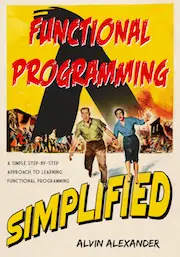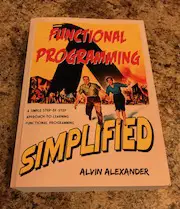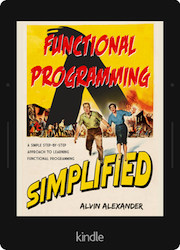Datline March 22, 2014: A little personal enlightenment:
After going unconscious several times during the last few weeks, I've had conversations with doctors, nurses, friends, and even a shaman about life, death, quality of life, goals, and desires.
I had a hard time answering some of their questions, and yesterday I realized why that was:
If you're truly living in the present moment, those questions don’t make any sense! You can't think about life, death, the past, or the future if you’re fully absorbed in the present moment.
“Are you afraid of dying?” / “I’m sorry, your fear has to do with the future, you’re not talking about the present moment.”
When planning for the future, live fully in that moment of planning for the future. When eating, just eat; and when writing text like this, just write. That’s all.
(In computer parlance, become single-threaded, where that one thread is only focused on HereNow.)





